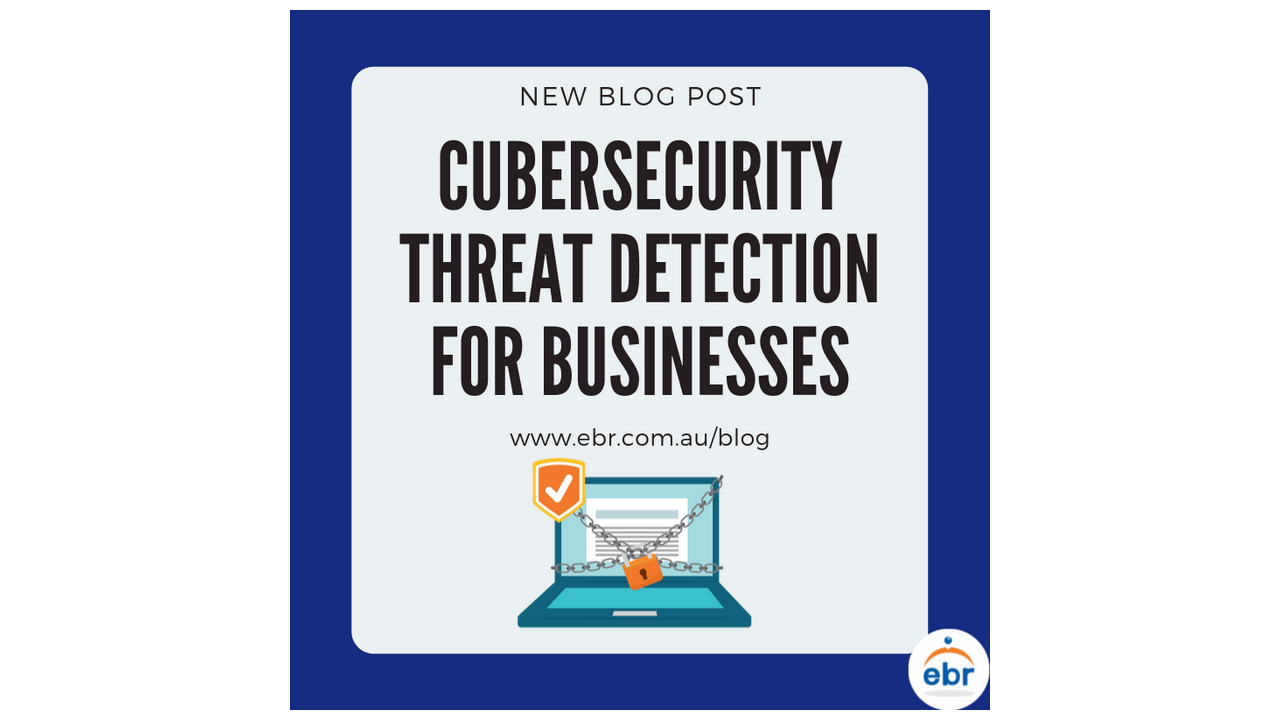Cybersecurity Threat Detection for Businesses
In this technologically advanced society, screens are incorporated into every aspect of our lives. However, this also means that the probability and dangers of cyber attacks increase and can leak some of our most private information for the world to see. Some type of threats are less destructive than others, but nonetheless business can be left impaired in some way. A few of the quintessential attackers and sources of cybersecurity threats include:
- Organized crime groups
- Competitors of your business
- Hackers
- Terrorists
- Foreign governments
Another threat that businesses face is inside attacks, often perpetrated by an unhappy employee or contract worker who has been trusted with network access.
Some of these attacks are not intentionally malicious, such as a user roaming through the network to find information they do not have access to. But it’s important to note that criminal groups are increasingly bribing insiders to deliberately cause harm from within.
The common types of cyber security threats that businesses need to be cautious against are:
- Phishing. By using social sites or email, these scammers will convince users to click on misleading links, provide sensitive information or company data, or even download content to their computer or server.
- Malware. If a victim of phishing ends up initiating a download, there’s a high possibility that the program received is harmful. A Trojan virus, for example, is a form of malware brought onto the network disguised as legitimate software, often carrying out its true purpose without the user knowing. Malware comes in various forms, tasked with anything from spying on the system to manipulating its code.
- Distributed Denial of Service (DDoS). This is a type of attack that floods the server with requests from multiple sources, leading it to become overwhelmed to the point of slowing down substantially or even crashing. Once this occurs, the system becomes impossible to use effectively until theses numerous interactions are canceled and blocked.
- Brute Force or Password Attacks. These threats involve an attacker attempting to gain access to a network by using a program to ascertain a working password. They’re the main reason it’s important not to use the same password across different accounts and why these login details need to be changed regularly.
- Internet of Things (IoT) or Algorithm Manipulation. As organisations grow to rely heavily on their tech, cloud-computing industrial devices and other IoT applications, their data becomes more vulnerable. Similarly, as automation has led companies to trust their algorithms to interpret and apply their data, they may be susceptible to threats in the form of these systems and codes being compromised without frequent monitoring.
Ransomware. This is a type of malware that, when opened, locks the system down and encrypts the device so that it can’t be accessed by anyone. Ransomware is one of the most complicated and damaging threats. The computer or server affected will remain locked until a hefty ransom is paid on its behalf, although some hackers choose to not



